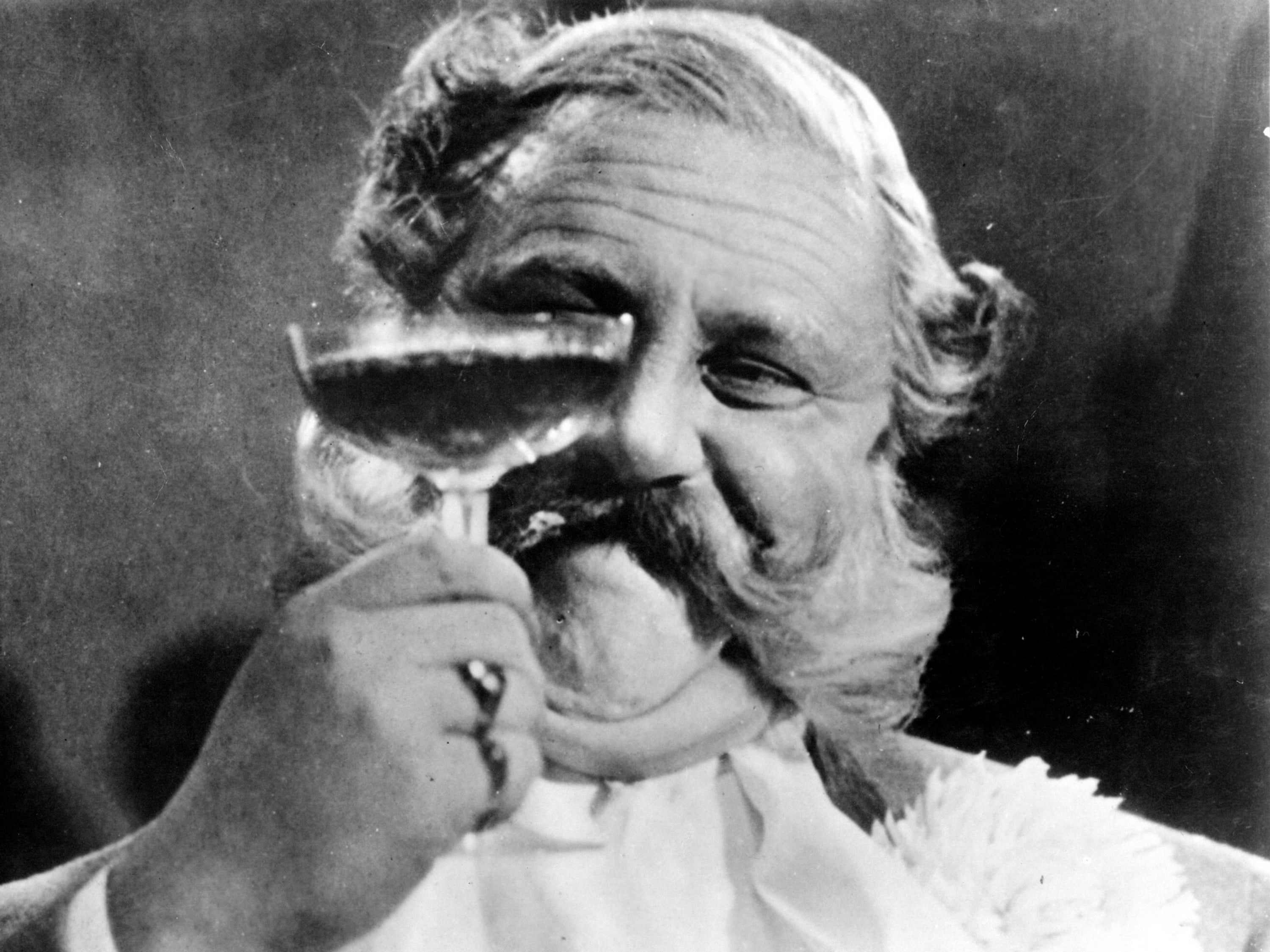
Silent film concerto
Piano: Richard Siedhoff, Percussion: Frank Bockius
The Last Laugh
There he stands, the imposing doorman of the Hotel Atlantic, the first hotel on the square. His splendid uniform with its golden buttons is his pride and joy. When he returns to the poor neighborhood he lives in, the neighbors look at him with respect. But when the hotel management retires the porter for reasons of age and transfers him to toilet duty, he loses his uniform and his dignity. He is a broken man. A parade role for Emil Jannings in one of the most beautiful works of the silent film era. Behind Der letzte Mann is a creative team from Weimar cinema: Screenwriter and “film poet” Carl Mayer, the visually stunning director F. W. Murnau and the inventive cameraman Karl Freund. Filming lasted 180 days. The visual language tells the story so perfectly, right up to the typically tragic Mayer ending, that the entire film manages without intertitles. However, Ufa forced Murnau to add a happy ending, which is announced by a single ironic title: The way life unfortunately doesn't play out, a movie can end after all.
☞ Event starts at 20:00 with DJ, bar and much more.
☞ Pre-program from 21:15 with short films in glorious 16mm projection
☞ Film start from 21:30

We are looking forward to seeing Richard Siedhoff (Weimar) again on the piano. He has more than convinced us with his musical and human qualities (he was content with a luma on the floor in his shared flat and was once a punk musician before he switched to silent film) and is now also bringing his Freiburg colleague Frank Bockius to Karlsruhe, who will be joining in the action on drums - so we are looking forward to a real silent film concert!
Supporting Film: Manhatta
Manhatta documents the look of early 20th-century Manhattan. With the city as subject, the film consists of 65 shots sequenced in a loose non-narrative structure, beginning with the Staten Island ferry approaching Manhattan and ending with a sunset view from a skyscraper. It is considered by some to be the first American avant-garde film. The primary objective of the film is to explore the relationship between photography and film; camera movement is kept to a minimum, as is incidental motion within each shot. Each frame provides a view of the city that has been carefully arranged into abstract compositions. The intertitles include excerpts from the writings of Walt Whitman.


